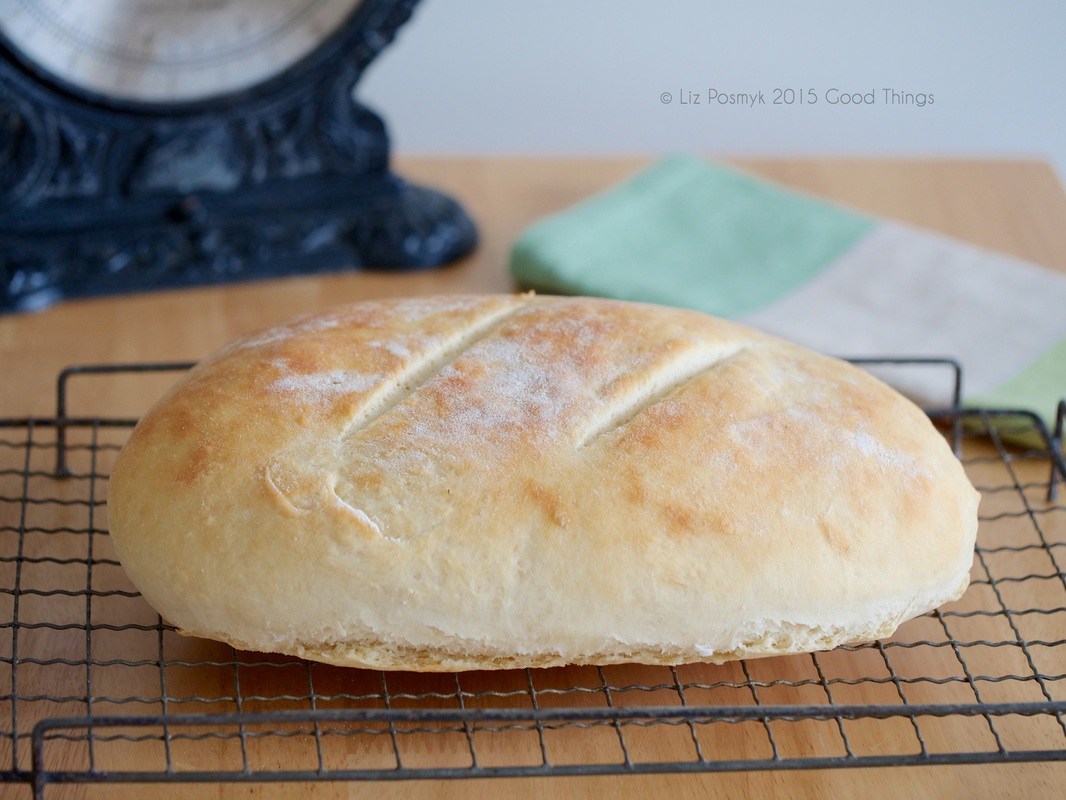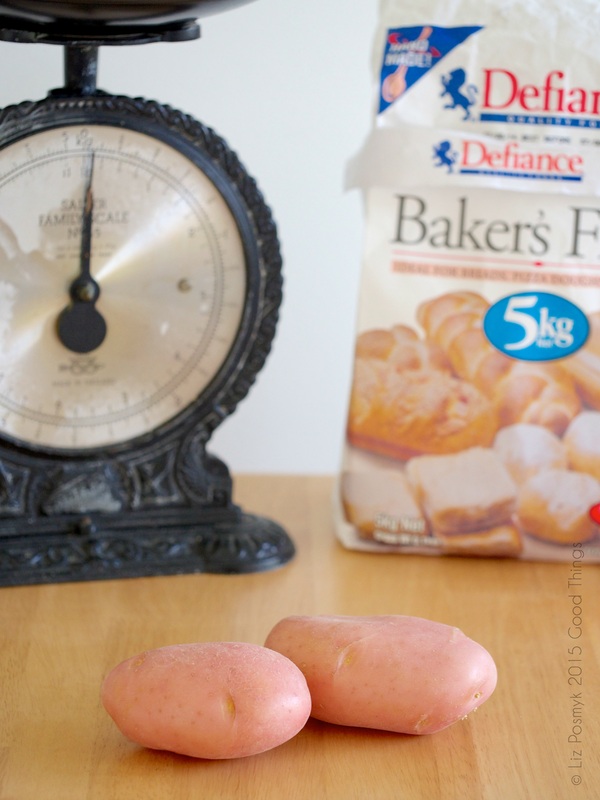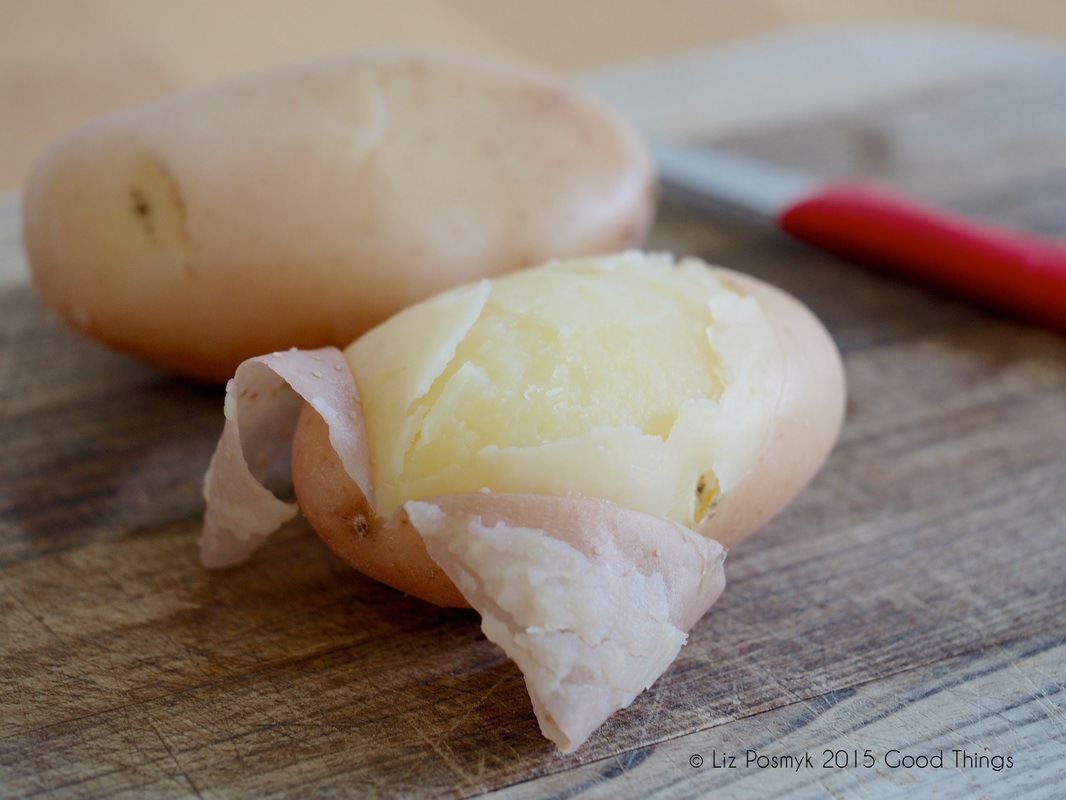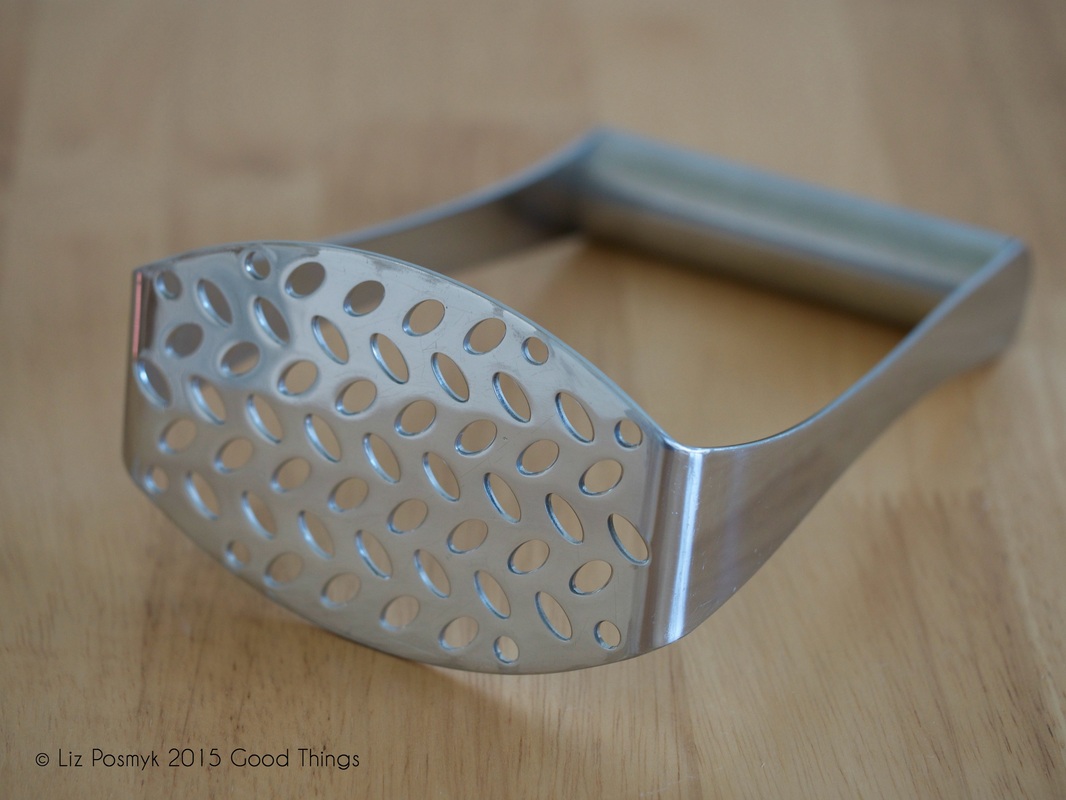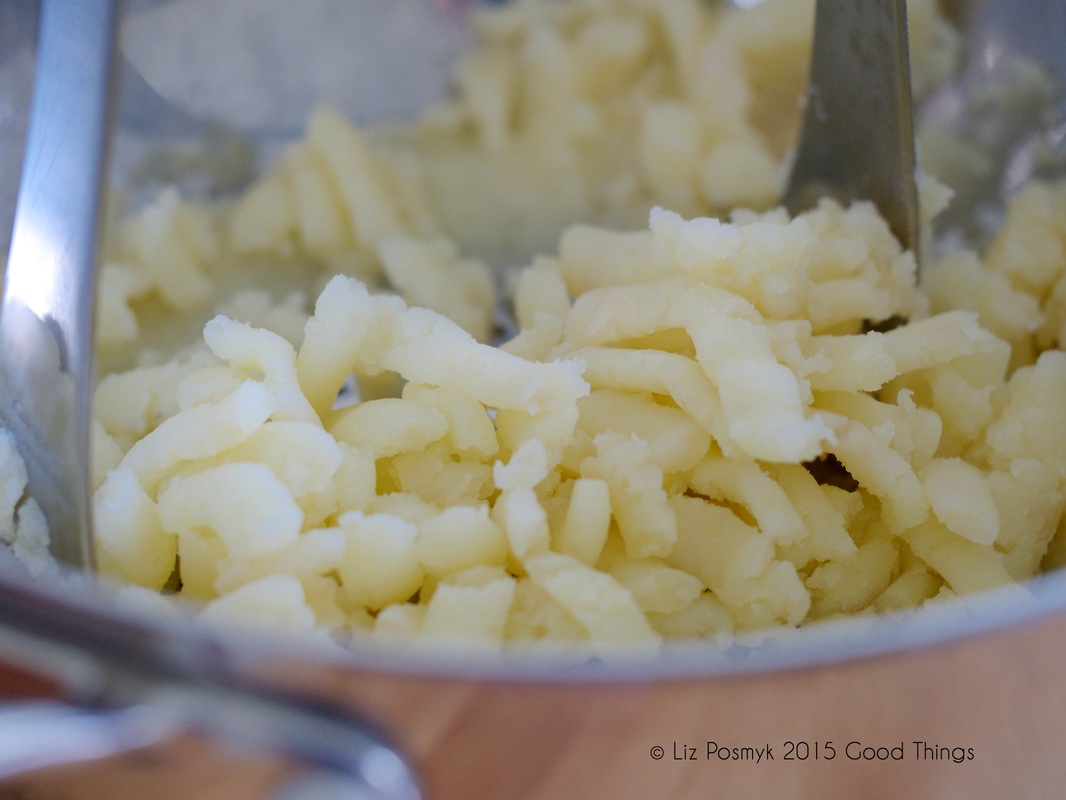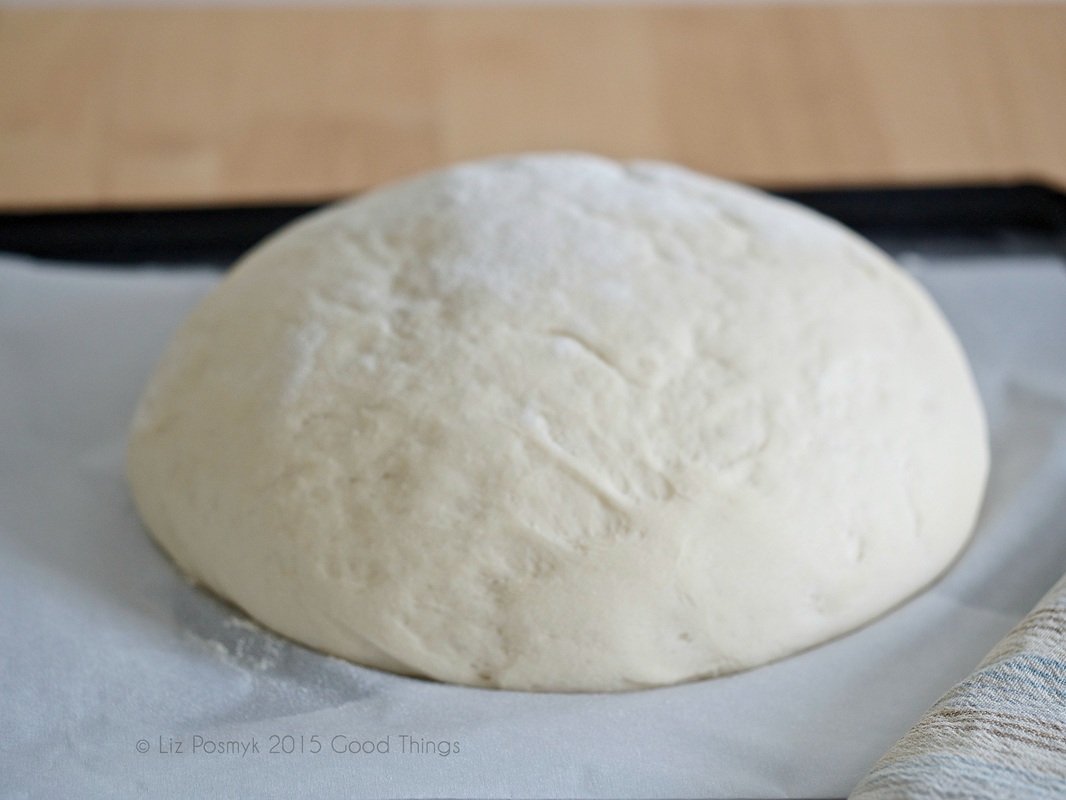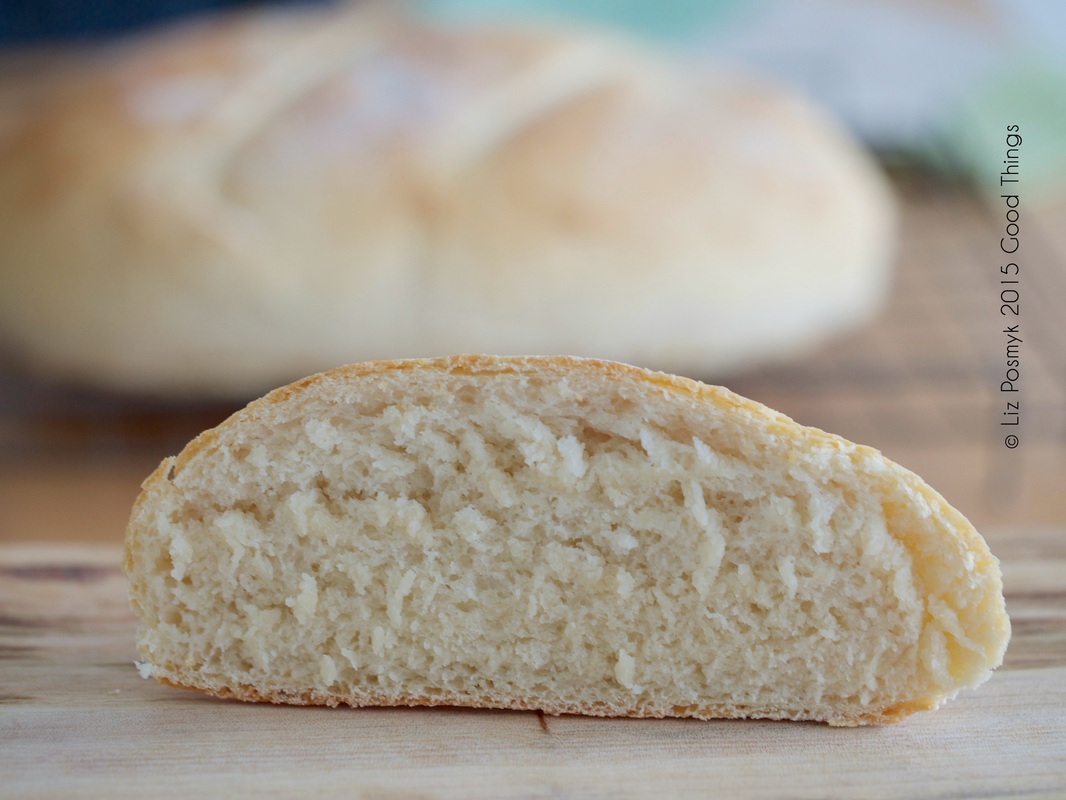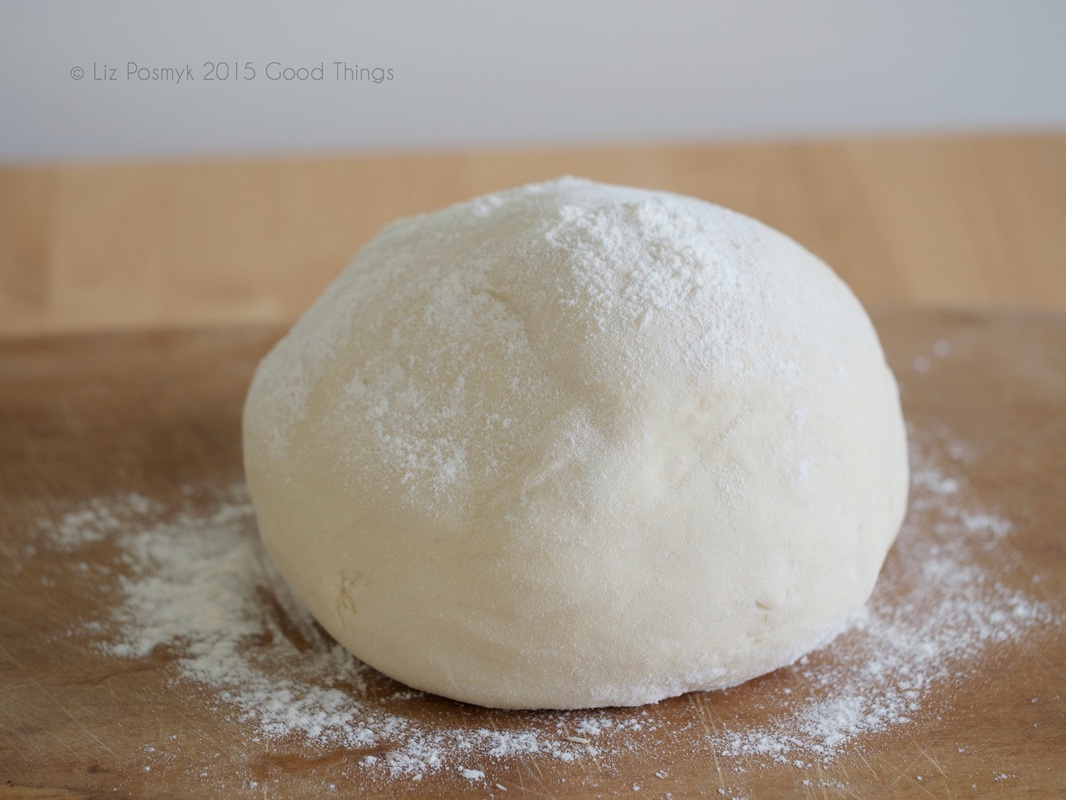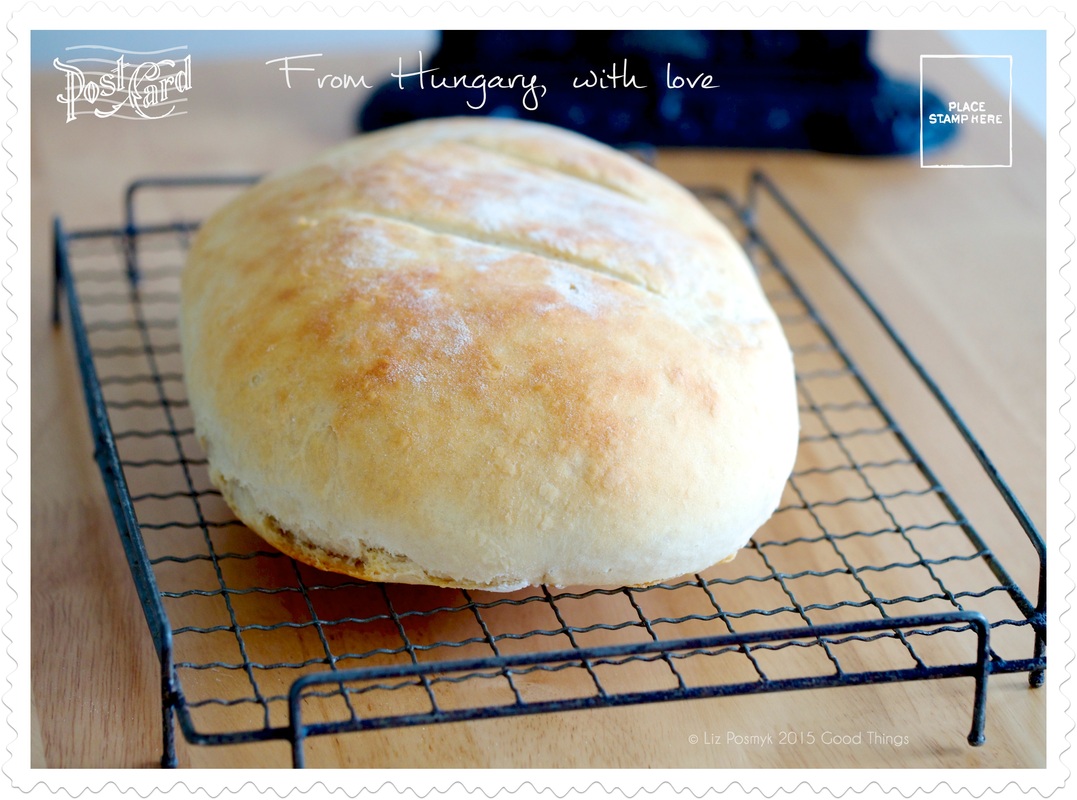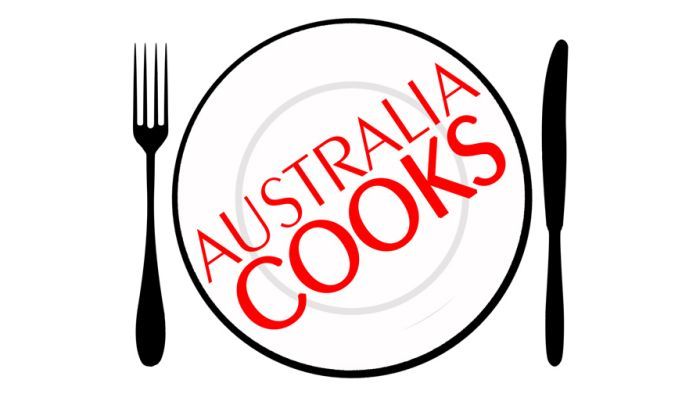It's baking day and as I open the oven door, the heady aroma of freshly baked bread brings me to reflect on the summer of '94 spent with my family at Budaörs on the outskirts of Budapest.
An ancient pear tree stood in the centre of my uncle’s garden, among smaller trees, all fruit-laden—except the cherries, picked earlier in the season and syrup-preserved for winter. In full sunshine, fat raspberries flourished, and beyond the vegetable gardens grapevines climbed a rickety old chicken coop.
Like peasants, we gathered under the canopy of the pear—to laugh and chat over the sound of laying hens; and share simple meals with crusty bread, summer fruit and mouthfuls of sweet Tokaji Aszú. In the village centre around the corner, there was a busy bakery-come-delicatessen and if the breeze was blowing in a precise direction we were treated to lingering wafts of that bakery's bread. Occasionally, when the breeze didn’t travel the ‘right way’, we caught a mucky reminder of a neighbour’s pigs! We queued with the locals at the bakery for our daily bread. But, unlike the bakeries back home in Australia, the selection was not vast. You could purchase either a huge loaf of white bread, or (my young son’s favourite) crusty, crescent-shaped buns called kifli. The kifli were delicious and the loaves were tastier and far larger than any continental bread we’d ever eaten—weighing a generous kilo each (!) and available for just 40 forint (about 50 cents Australian). If it ever outlasted a day, that bread stayed soft and fresh, stored in a basket and wrapped, simply, in a clean tea towel. We ate thick pieces of the crusty bread with everything. It was perfect for mopping up bowls of goulash or kettle-cooked stew, and pan-fried tomatoes, onions and capsicum (lecsó). It also made a wonderful accompaniment for ripe egg tomatoes with good Hungarian salami; sweet bell peppers with a dash of salt and pepper; shavings of mellow cheese with thin slices of Gypsy speck or smoked csabai; and enormous wedges of melon bought from market gardeners. Memories of those days shared in the company of my beloved parents and my young children, together with my extended Hungarian family, may perhaps fade with time, but who could forget the pervasive scent of that wonderful bread! Once we were back at home in Australia, I asked my mother about the potato bread. From her experience in a family bakery in northern Hungary, mum taught me that the cooked, mashed potato is worked into the dough during the mixing stage. This keeps the bread so soft and fresh. So, let's try bread making the continental way. My version of my mother’s recipe appears below, shared with you from Hungary with love.
In this recipe I've given the methods for using fresh yeast, as well as dried yeast which is often more readily available. The method for working with the fresh yeast is the way my mother, an artisan baker, taught me and this is how she baked throughout her life. I've also given you the option of working the dough by hand, or for those whose hands are no longer as strong as they once were, you can use a stand mixer with a dough hook. Both methods work perfectly well.
HUNGARIAN POTATO BREAD (Magyar Krumplis Kenyér) 350g Desiree potatoes (2 medium sized potatoes) 35g fresh yeast or 3 teaspoons (15g) dried yeast 450-550mls lukewarm water* 1kg 'continental' wheat flour or strong baker's flour 1 heaped teaspoon sugar 1-2 teaspoons salt Wash the potatoes and boil them slowly in their skins until tender. Remove the pan from the hotplate, drain it, cool the potatoes and carefully peel and discard the skins. Mash or rice the potatoes thoroughly and set them aside. If you are using fresh yeast: Crumble the yeast into a mug, then cream the crumbled fresh yeast with 100 mls of the lukewarm water, half a teaspoon of the sugar and 2 tablespoons of the flour. Set this mixture in a warm place, such as a sunny window sill, until it foams and a sponge rises to the top of the mug (this may take up to 30 minutes, depending on the yeast). *Note: hot water and draughts will kill the yeast. Warm a large basin or mixing bowl. Combine the flour, remaining sugar and salt in the warm basin and make a well in the centre. Add the yeast mixture and potatoes, and gradually add the remaining lukewarm water. Mix this thoroughly with a clean hand and work the ingredients together, holding and turning the bowl with the other. Add a little more water if required, but take care not to make the dough sticky. Now this is the part I really like: turn out the dough onto a lightly floured bench or board. Using the palms and heels of your hands, vigorously fold and pummel the dough, from back to front. Turn and knead, turn and knead. Dust the dough with a light sprinkling of flour if it feels too sticky. If you are using dried yeast: Combine the flour, sugar, salt and dried yeast in the bowl of a stand mixer. Gradually add the water and the mashed potato. Using a dough hook, work the dough to a smooth and elastic ball. This can take 10 minutes or more. Note: The kneading activates the gluten in the dough and helps to regulate the temperature of the dough. Kneading can take ten minutes or more, until the dough feels smooth, shiny and elastic (your hands will tell you when the dough is ready for the next step). Now, cut the dough in half and knead again lightly into two smooth balls. Place the balls of dough onto two large, lightly-floured (or oiled) bread tins or slides, preferably black for a more evenly baked loaf. Sit the tins in a warm, draught-free spot and cover with clean tea towels and a warm towel. Leave until the dough balls have doubled in size. Turn them out onto a lightly floured board and rework the dough. Shape into two neat continental loaves, place them back onto the slides, cover with a slightly damp tea towel, and allow the dough to double in size once again. Test the dough by pressing on it lightly with your finger. If an imprint remains, the dough is ready for baking. Before baking, spray the oven with a light mist of water. Brush or spray the shaped loaves with a little water (for a crisp, dry crust), slash the top of each twice with a serrated knife and bake in a preheated, hot oven at 220 degrees C for the first 10-15 minutes, then reduce to 190 degrees (vent bake if possible) and mist with water during the baking time. Continue baking for 30 minutes or until bread is golden brown and sounds “hollow” when tapped. Remove the loaves from the tins/trays and allow to cool on a wire rack. Store the bread wrapped in large, clean tea towels. Makes two 1kg loaves. It toasts beautifully too!
This article first appeared in my newspaper column in 1997 or thereabouts. I have amended it ever so slightly.
Tell me dear fellow cooks, have you ever eaten potato bread? And do you have fond memories of a particular bread enjoyed during your travels? Do please share your stories. I love hearing from you! ❤
34 Comments
Lizzy
25/1/2015 12:05:24 pm
Thank you ever so much for your very kind words xo
Reply
What perfect loaves! When I saw them on Facebook, I knew I would be making them soon! It looks like you are using a waxy potato. Is that right? I will report back when I make the bread... or you might see it on Facebook or Instagarm first (with credit to you, of course!).
Reply
Lizzy
25/1/2015 12:03:50 pm
David, many thanks! That is so kind. The desiree potatoes are more of a good all rounder, rather than waxy... you want something that is good for mashing, baking etc! Happy baking.
Reply
25/1/2015 03:58:54 am
I am half Hungarian and your lost caught my eye - lovely story and recipe.
Reply
Lizzy
25/1/2015 12:04:26 pm
Hello Liz the Chef! Welcome to good things my fellow Hungarian. Thank you for the kind words. I am going to pop in and visit you now! : )
Reply
Lizzy
25/1/2015 12:04:37 pm
Glenda, thank you.
Reply
25/1/2015 09:51:36 am
Lovely food reminiscence, Liz. And an absolutely beautiful recipe. That bread looks so light! I have had potato bread but I doubt it was good as this would be.
Reply
Lizzy
25/1/2015 12:05:04 pm
Kellie, thank you kindly. Interesting that you have tried potato bread! Thank you for your kind words xo
Reply
25/1/2015 11:23:44 am
Liz, this reminds me of something my mother used to make. When making potato gnocchi, the leftover dough (why it would be left over in the first place is of concern!) would be made into potato kipfel - small, crescent-shaped pastries which were then deep fried and eaten hot. My hometown in north-eastern italy - Trieste - was part of the Austro-Hungarian empire, so all sorts of influences. Must try to make these soon. cheers
Reply
Lizzy
25/1/2015 12:06:15 pm
Ambra, how very interesting! Perhaps it was a good thing that there was always dough leftover! No doubt a longstanding family tradition!
Reply
25/1/2015 06:24:51 pm
My, how different times were in 1994 in Hungary Liz, only 5 years after The Wall came down. I'm sure you'll see many changes including bread no longer being 50c!
Reply
Lizzy
26/1/2015 02:04:28 pm
So true, Fiona! I think on my 2001 visit the bread was slightly dearer! I'm sure this year there will be even more striking changes!
Reply
Lizzy
26/1/2015 02:04:43 pm
How very interesting Anne!
Reply
25/1/2015 09:17:47 pm
I adore potato bread! It has such an amazing texture. I sometimes reserve potatoes so that I can use it or reserve the potato water too. I also made a Hungarian cake the other day and I thought of you!
Reply
Lizzy
26/1/2015 02:05:01 pm
Aw, how sweet... looking forward to seeing your cake!
Reply
Lizzy
26/1/2015 02:05:14 pm
It surely is, Janie xo
Reply
26/1/2015 09:16:50 am
What wonderful memories of a very memorable holiday. I've eaten potato bread but never made it. Your loaf looks superb xx
Reply
Lizzy
26/1/2015 02:05:30 pm
Charlie, thank you ever so much! xo
Reply
26/1/2015 09:49:18 am
Potato bread, did you say? Double carb hit? My hand is up!! Actually Lizzy, it is quite a coincidence, I made potato focaccia over the weekend!! We have similar tastes!!
Reply
Lizzy
26/1/2015 02:05:46 pm
Oh yum, Nagi! Must check it out!
Reply
26/1/2015 12:02:31 pm
what a beautifully-written story - I can perfectly picture every colour and taste and smell and memory.
Reply
Lizzy
26/1/2015 02:06:04 pm
Thank you ever so much for your kind words, Elizabeth!
Reply
26/1/2015 09:00:08 pm
Mmmmm, potato bread, had a little chuckle when you wrote about the delightful aromas if the breeze was not blowing just right..... :) All those yummy smells from freshly baked bread huh.... it's gotta be one of the best foodie sensations around. Have a great week Lizzie.
Reply
Lizzy
27/1/2015 07:47:30 am
So true, Anna... you have a fabulous week too!
Reply
Lizzy
30/1/2015 06:51:32 am
Oh Bec darling, I wish you could have some too!
Reply
31/1/2015 04:36:22 pm
I've never made potato bread but I've heard of it - the texture looks so soft and fluffy!
Reply
3/2/2015 12:53:11 am
For some reason, bread always seems so intimidating to make. And yet, people have been eating variations since the dawn of time practically. You make it sound less scary here!
Reply
6/2/2015 04:51:39 pm
What a lovely memory of a fantastic family holiday!
Reply
Your comment will be posted after it is approved.
Leave a Reply. |
Welcome...Üdvözölöm
Cooking and writing have been a lifelong passion. Join me as I share with you my favourite recipes; postcards and morsels from my travels; conversations with cookery writers and chefs; and news on food, cookbooks and cooking. - Liz Posmyk
All
NB: I use Australian standard measuring cups and spoons in my recipes.
|
